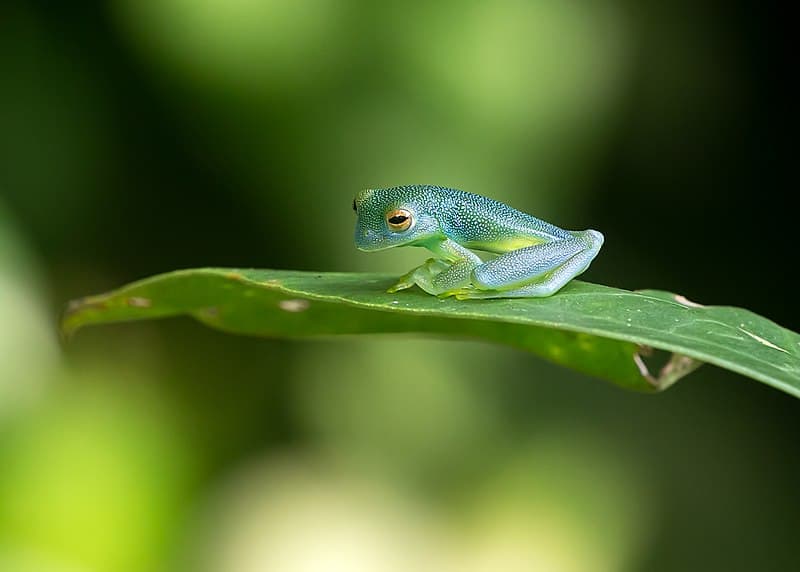The natural world is filled with creatures that inspire wonder and amazement. Some animals have developed unique and incredible adaptations that they almost seem like characters from a fantasy novel. These adaptations help them survive in their environments in fascinating and bewildering ways. From the deep sea to the arid deserts, evolution has crafted some truly remarkable traits that showcase the creativity of nature. Let’s explore some of these astonishing adaptations and marvel at the ingenuity of the animal kingdom.
The Transparent Skin of the Glass Frog

Imagine having skin so transparent that you can see your own internal organs. This is the reality for the glass frog, a small amphibian found in Central and South America. Their translucent skin is not just for show; it serves a crucial purpose in their survival. By blending seamlessly into their leafy surroundings, glass frogs evade predators with ease. This adaptation acts like nature’s own camouflage, allowing them to become nearly invisible to threats. Their unique skin also provides insights into their health and reproductive status, making them a fascinating subject for biologists.
The Incredible Regeneration of the Axolotl
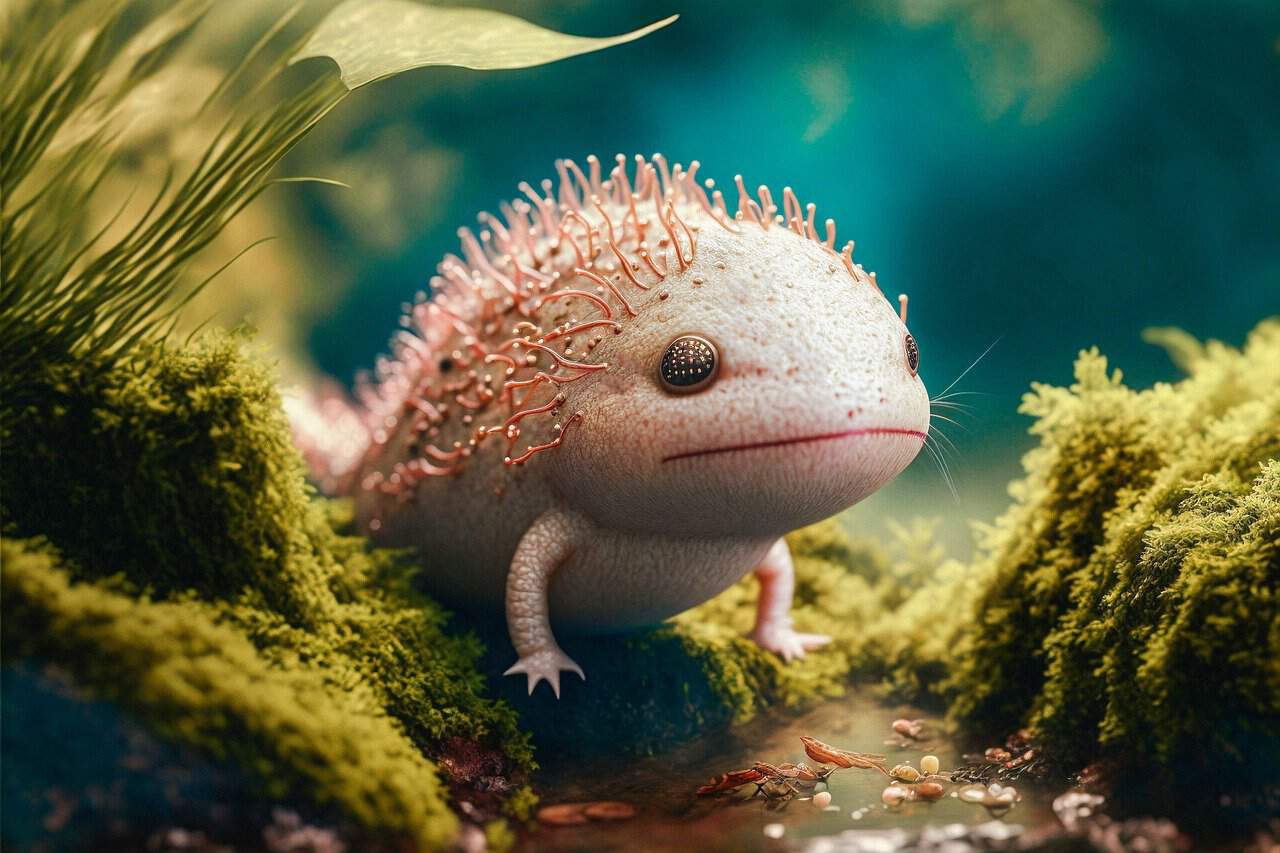
The axolotl, also known as the Mexican walking fish, possesses one of the most extraordinary regenerative abilities in the animal kingdom. Unlike most creatures, axolotls can regrow entire limbs, including bones, muscles, and nerves, after an injury. This salamander’s regenerative prowess is not limited to limbs; they can also repair damaged parts of their heart and brain. Scientists are intrigued by this capability, hoping to unlock secrets that could benefit human medicine. In the wild, this adaptation allows axolotls to survive injuries that would be fatal to other animals, giving them a unique edge in their aquatic habitats.
The Unique Defense of the Bombardier Beetle

When threatened, the bombardier beetle employs a defense mechanism that seems more fitting for a superhero than an insect. This beetle can eject a boiling, noxious chemical spray from its abdomen to ward off predators. The spray is a result of a chemical reaction within the beetle’s body, mixing hydrogen peroxide and hydroquinone. The reaction generates heat, causing the mixture to reach near-boiling temperatures before being expelled. This explosive adaptation effectively deters even the most persistent attackers, proving that even small creatures can pack a powerful punch.
The Shape-Shifting Ability of the Mimic Octopus

The mimic octopus is a master of disguise, capable of transforming its appearance to mimic other sea creatures. Found in the warm waters of Southeast Asia, this octopus can change its skin color, texture, and even body shape to imitate creatures such as lionfish, flatfish, and sea snakes. This adaptation helps it avoid predators by pretending to be more dangerous animals. The mimic octopus’s ability to impersonate multiple species is a testament to its intelligence and adaptability, making it a true marvel of the ocean.
The Extreme Heat Tolerance of the Sahara Silver Ant
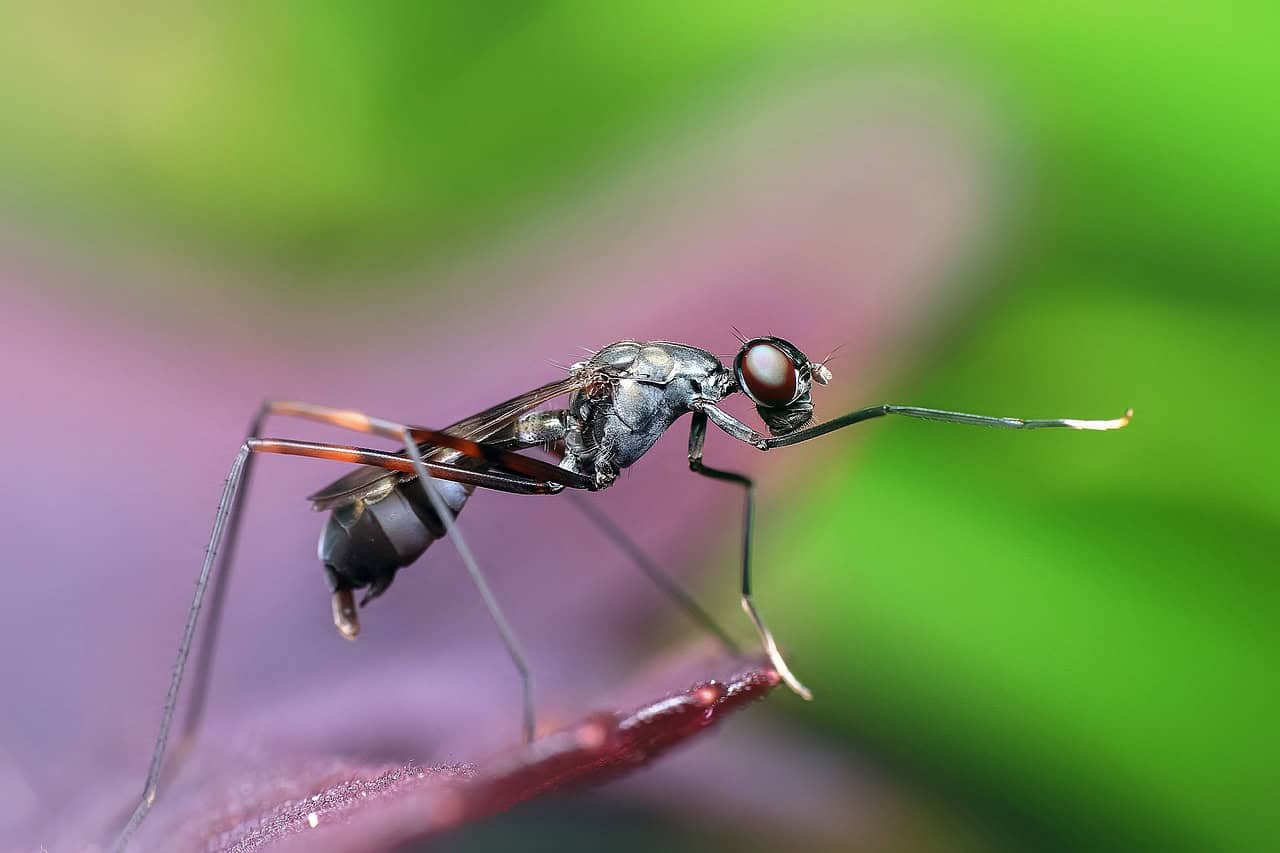
The Sahara desert is one of the hottest places on Earth, yet the Sahara silver ant thrives in this extreme environment. These ants have evolved to withstand temperatures that would be lethal to most other creatures. Their shiny, silver-colored body reflects sunlight, helping to keep them cool as they scavenge for food during the hottest part of the day. Additionally, their long legs elevate their bodies above the scorching sand, reducing heat absorption. This remarkable adaptation allows them to exploit a niche where few other animals can survive, showcasing nature’s ingenuity in the face of harsh conditions.
The Electric Sense of the Platypus

The platypus is an oddity in the animal kingdom, with its duck-bill, webbed feet, and egg-laying habits. However, one of its most unique adaptations is its ability to sense electric fields. This electroreception allows the platypus to detect the electrical signals produced by the muscle contractions of prey, such as shrimp and small fish, while hunting underwater. This adaptation is especially useful in murky waters where visibility is low. The platypus’s electric sense is a rare and fascinating trait, highlighting the diverse ways animals have adapted to their environments.
The Water-Storing Ability of the Thorny Devil
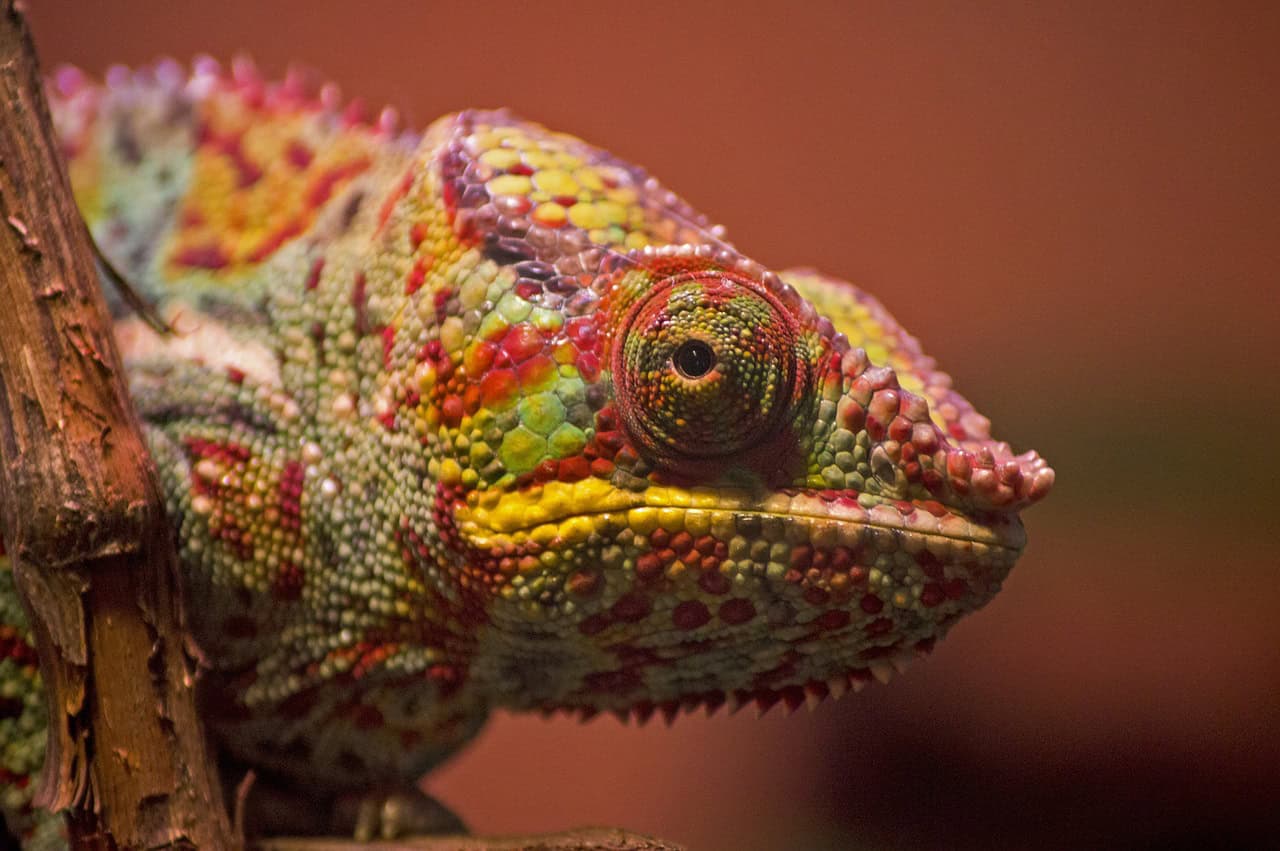
In the arid Australian outback, the thorny devil lizard has developed an ingenious way to stay hydrated. Its skin is covered in tiny grooves that channel water directly to its mouth, allowing it to drink simply by standing in rain or dew. This adaptation is crucial for survival in an environment where water is scarce. The thorny devil’s ability to collect and store water is a testament to the resourcefulness of life in the desert. This lizard’s unique adaptation ensures it remains hydrated even in the most unforgiving landscapes.
The Bioluminescent Glow of the Deep-Sea Anglerfish

The deep-sea anglerfish is an eerie yet fascinating creature, known for its bioluminescent lure that dangles in front of its mouth. This adaptation is used to attract prey in the pitch-black depths of the ocean. The light is produced by bacteria that live inside the lure, creating a glowing beacon in the darkness. Once a curious fish approaches, the anglerfish snaps its powerful jaws shut, capturing its meal. This adaptation is a brilliant strategy for survival in an environment where food is scarce, demonstrating the creativity of evolution in the deep sea.
The Freezing Survival of the Wood Frog

The wood frog has an extraordinary adaptation that allows it to survive freezing temperatures that would kill most other animals. During the winter, this frog enters a state of suspended animation, allowing its body to freeze solid. Its heart stops beating, and it stops breathing, but it remains alive, thanks to a natural antifreeze in its cells. This adaptation enables the wood frog to emerge unscathed when the ice thaws, ready to continue its life cycle. This remarkable survival strategy showcases the resilience of life in extreme conditions.
The Sticky Tongue of the Chameleon

Chameleons are famous for their ability to change color, but their sticky, lightning-fast tongue is an equally impressive adaptation. A chameleon’s tongue can shoot out at speeds of up to 13 miles per hour, catching insects with remarkable accuracy. The tongue’s tip is covered in mucus, allowing it to grip prey securely. This adaptation is crucial for the chameleon’s survival, as it enables them to capture food quickly and efficiently. The chameleon’s tongue is a marvel of precision and speed, highlighting the incredible diversity of adaptations in the animal kingdom.
The Echolocation of Bats

Bats are renowned for their ability to navigate and hunt in complete darkness using echolocation. By emitting high-frequency sound waves and listening to the echoes that bounce back, bats can create a mental map of their surroundings. This adaptation allows them to detect obstacles and locate prey with astonishing accuracy. Echolocation is a sophisticated and highly effective adaptation that enables bats to thrive in nocturnal environments. This remarkable ability showcases the intricate ways animals have evolved to conquer the challenges of their habitats.
The Venomous Spur of the Platypus

In addition to its electric sense, the male platypus has another unusual adaptation: a venomous spur on its hind legs. This spur can deliver a painful sting to potential threats, deterring predators and rivals. The venom is not lethal to humans, but it can cause severe swelling and discomfort. This adaptation is a rare example of venom in mammals, highlighting the platypus’s unique place in the animal kingdom. The venomous spur is a surprising and effective defense mechanism that adds to the mystique of this extraordinary creature.
The Armor of the Armadillo
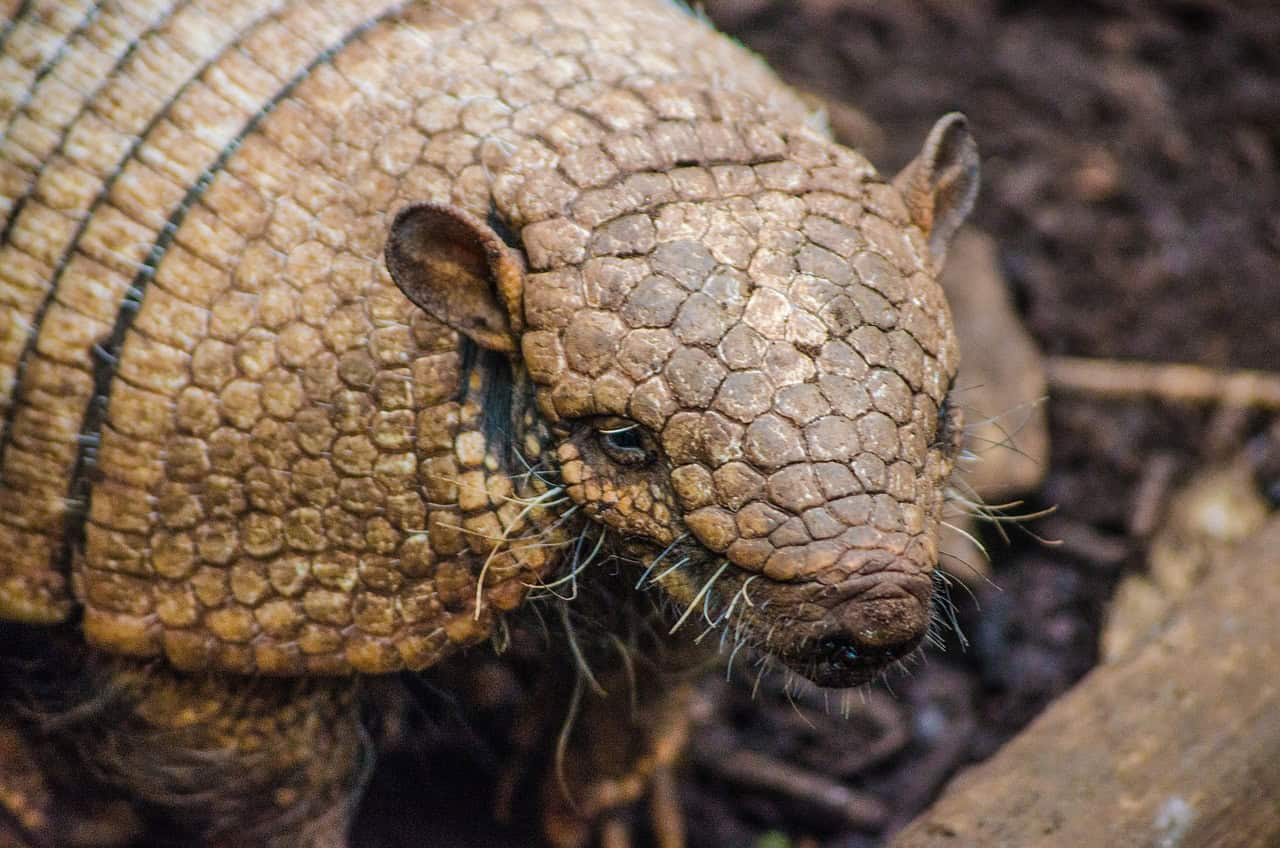
Armadillos are known for their distinctive armor-like shells, which provide protection from predators. This adaptation is composed of tough, bony plates that cover their bodies, allowing them to curl into a ball when threatened. The armor acts as a formidable shield, making it difficult for predators to harm them. This unique adaptation is a testament to the armadillo’s resilience in the face of danger. Their protective shells are a fascinating example of how animals have evolved to defend themselves in a hostile world.
The Water-Walking Ability of the Basilisk Lizard

The basilisk lizard, often referred to as the “Jesus lizard,” has an incredible adaptation that allows it to run across the surface of water. This ability is made possible by its long toes and light body, which create a pocket of air under each footstep, allowing it to stay afloat. This adaptation is crucial for escaping predators, as it provides a quick escape route across rivers and ponds. The basilisk lizard’s water-walking ability is a remarkable example of nature’s ingenuity, showcasing the diverse ways animals have adapted to their environments.
The Toxic Skin of the Poison Dart Frog

The poison dart frog is a small but formidable creature, known for its vibrant colors and toxic skin. These frogs produce potent toxins as a defense mechanism, deterring predators from making them a meal. The bright colors of the poison dart frog serve as a warning sign, advertising their toxicity to potential threats. This adaptation is a highly effective strategy for survival, as it reduces the likelihood of being eaten. The poison dart frog’s toxic skin is a striking example of how animals use chemical defenses to protect themselves in the wild.
The Elastic Jaw of the Snake
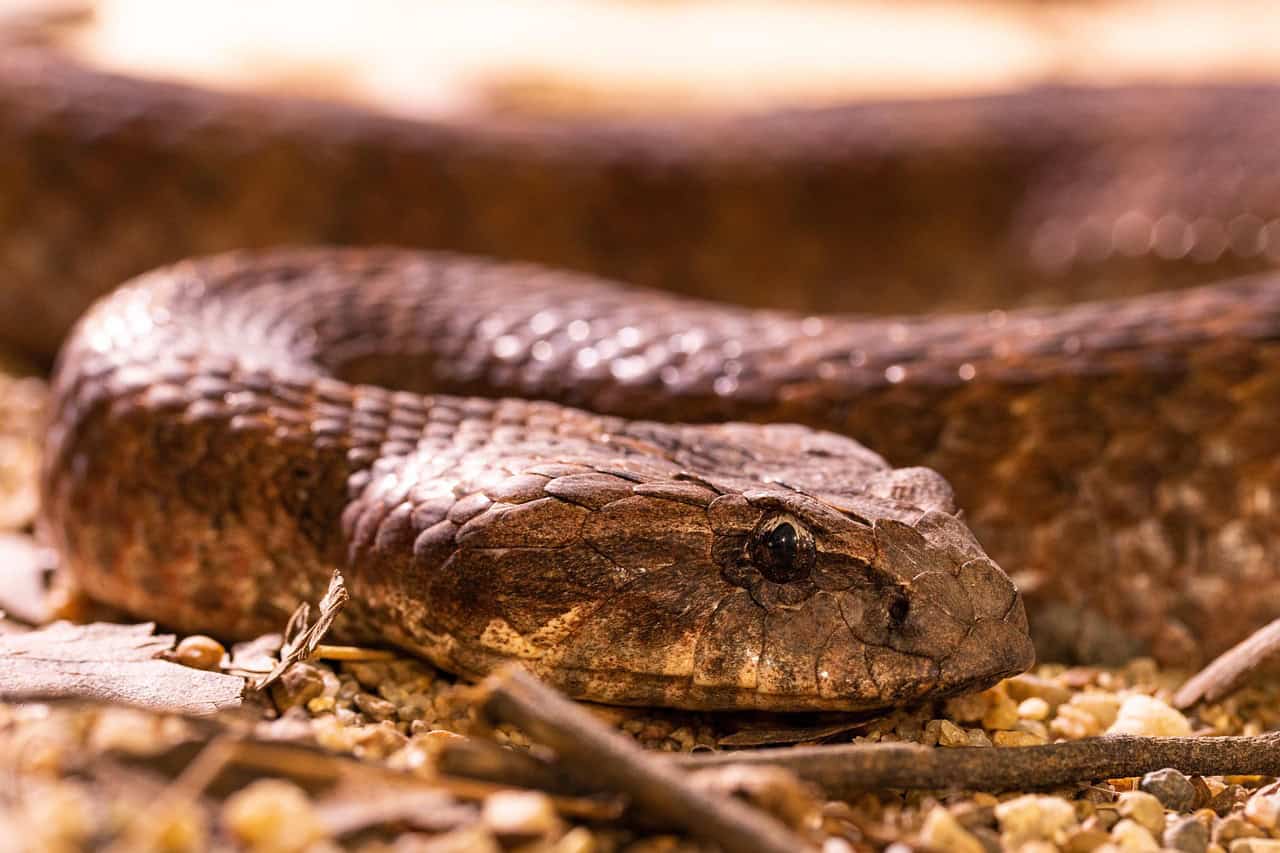
Snakes possess a remarkable adaptation that allows them to consume prey much larger than their own heads. Their jaws are highly flexible, with ligaments that stretch to accommodate large meals. This adaptation is crucial for their survival, as it enables them to take advantage of a wide range of prey sizes. The elastic jaw is a marvel of evolutionary engineering, demonstrating the incredible adaptability of snakes. This unique trait allows them to thrive in diverse environments, showcasing the versatility of animal adaptations.
Conclusion

In conclusion, these remarkable adaptations are a testament to the ingenuity and resilience of the animal kingdom. Each adaptation is a solution to the challenges posed by the environment, highlighting the incredible diversity of life on our planet. From transparent skin to bioluminescent lures, these traits inspire wonder and curiosity about the natural world. As we continue to explore and learn about these fascinating creatures, we gain a deeper appreciation for the complexity and beauty of life on Earth.
- 13 Most Aggressive Mammals in the Wild - August 24, 2025
- 10 Behaviors That Keep Eagles Healthy And 3 That Shorten Lifespan - August 24, 2025
- 13 Wildest Animal Migration Journeys - August 24, 2025

